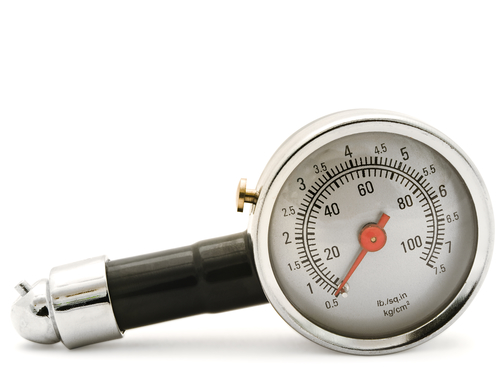Air gages stand out as one of the most effective measuring devices ever made. The device has come a long way, with its history dating back to 1919 when it was invented. The rest as they say, is history. It simply transformed metrology for the better. It developed through the years, with innovations making the device better and better. It is worth noting though, that the air gages used today do not differ so much from the first one invented in 1919. The concept is still the same. So, why in the first place is the air gage important?
Non-Contact Measurement
Measuring objects made of soft materials is always an uphill task. It gets worse when the material in question is delicate, polished and susceptible to marking. You have to keep it safe and intact. In other words, there should be minimal or no contact at all with the material. That is where air gages come in handy. Air gaging is not just effective when measuring such objects. It also keeps the material safe as it does not come in contact with it.
Ease Of Use
Air gages use compressed air to detect and measure changes in flow rates or pressure. They can measure different attributes and accurately measure distances between the work-piece and precision orifices. In simple words, air gages make it easy for one to determine dimensions with tolerances that are smaller than 0.005 inches. It gets better with the fact that air gages can also come in handy when gaging tight tolerances with resolutions that are as small as 0.00002 inches. With the concept behind the device, measuring parts of soft materials that are extremely thin has never been easier.
They Can Measure Complex Shapes
Air gaging measuring devices are effective when measuring complex geometric characteristics such as roundness, flatness, diameter and parallelism. Measuring these values with the accuracy and precision required can be costly and time consuming if done with other tools. With the general size of probes being as small as 0.6mm in diameter, air gaging is by all means reliable.
Ideal for Measuring Small Holes
There is no doubt that optical comparators and even microscopes can measure small holes. Unfortunately, they can only work with low volumes. That is not the case with the air gage as it can measure small and deep objects with ease. To put this into perspective, the air gage can measure the diameter of a hypodermic needle in less than a minute.
Versatility
Talk of flexible measuring devices and you will most likely end up with the air gage at the top of your list. With adjustments, it can measure any object between 0.1mm and 1mm. It can also measure other dimensional aspects such as height, thickness and clearance. This has a lot to do with the sensitive probes that air gages use.
Almost Irreplaceable
Much has been said and written about the future of air gages. One thing’s for sure though. It will be there in years to come. Its current alternatives, such as the laser measurement gage, require sterile lab environments so as to function. It is also worth noting that experts recommend air gages and prefer them over emerging alternatives.





